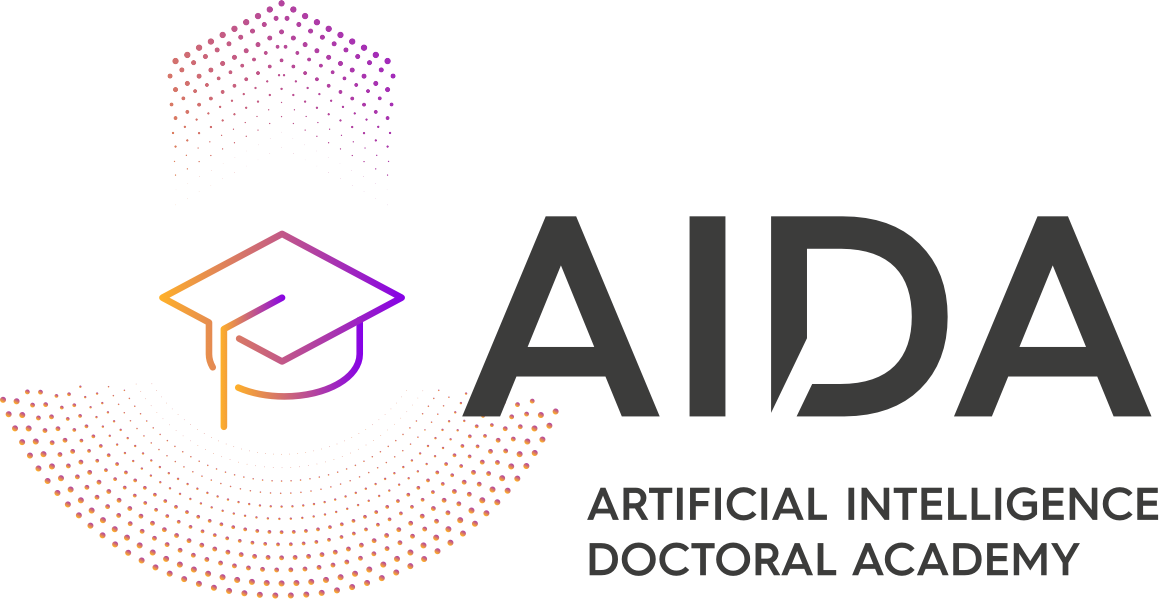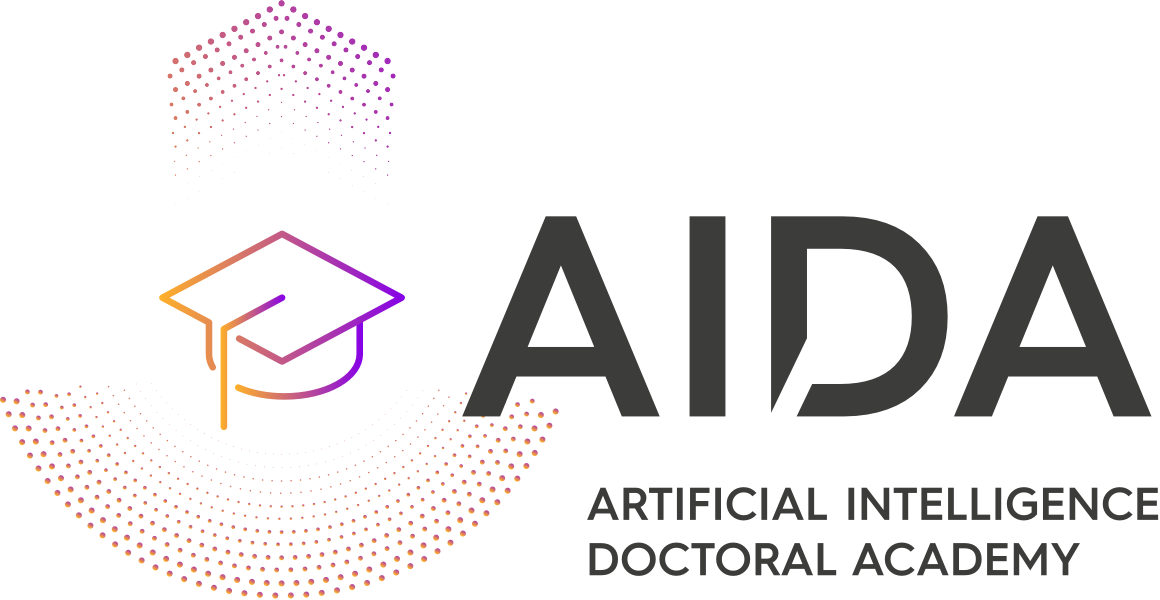This lecture overviews Transfer Learning (TL) that has many applications in DNN training and adaptation, Image Understanding, Text Mining, Activity Recognition, Bioinformatics, Transportation. It covers the following topics in detail: Definition of TL, Categorization of TL: Instance-based (Noninductive, Inductive), Feature-based, Model-based, Relation-based, Heterogeneous TL, Negative Transfer, TL with Deep Learning, Fundamental TL Research Issues, Applications of TL.
Archives: Resources
Resource description
Domain Adaptation
This lecture overviews Domain Adaptation that has many applications in DNN training and adaptation. It covers the following topics in detail: Domain Shift, Unsupervised Domain Adaptation (Domain-specific Whitening Transform, Min-entropy Consensus loss, Maximum Classification Discrepancy, Sliced Wasserstein Discrepancy), Deep Learning methods for Unsupervised Domain Adaptation ( DLID: Deep learning for DA by Interpolating between Domains),… Continue reading Domain Adaptation
Continual Learning
This lecture overviews Continual Learning that has many applications in DNN training and adaptation. It covers the following topics in detail: catastrophic forgetting, Regularization CL Methods EWC model), Dynamic CL Approaches (DEN model), Complementary architectures (Fearnet model).
Explainable AI
This lecture overviews Explainable AI that has many applications in trustworthy AI systems and autonomous systems. It covers the following topics in detail: Interpretability, Interpretability Types (Visual explanations, Image-based Plot visualizations, Textual explanations, Numerical-Mathematical explanations), Explainable AI Applications and Frameworks.
Imitation Learning
This lecture overviews Imitation Learning (IL) that has many applications in Game Development, robotics training, Autonomous Driving and Computational Cinematography. It covers the following topics in detail: Elements of IL, Behavioral Cloning, Direct Policy Learning, Inverse Reinforcement Learning, Challenges of IL, IL Project in Unity games, IL in Autonomous Driving, Cinematography Shooting.
Deep Reinforcement Learning
This lecture overviews Deep Reinforcement Learning that has many applications in, e.g., Game playing agents, Self-driving vehicles, Robotics (Robot cleaners) and Stock exchange agents. It covers the following topics in detail: Finite Markov Decision Processes. Elements of RL (actions, states, Policy, Reward, Value function, Q-function). RL algorithms for finding the optimal policy: Dynamic Programming, Monte… Continue reading Deep Reinforcement Learning



